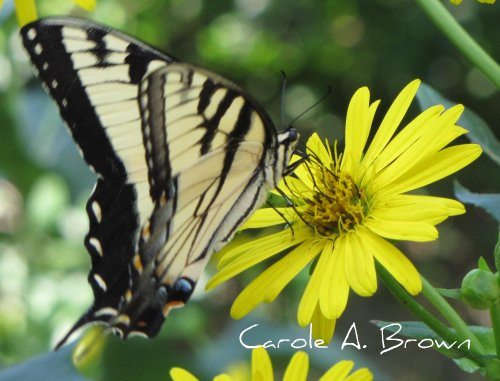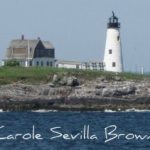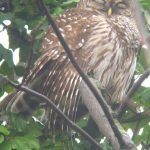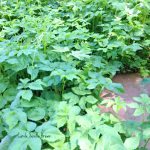The Great Native Plant Debate
If you’re into gardening and nature, you may have heard about the great native plant debate. Basically, it’s a discussion about the use of native plants in landscaping and gardening, and whether they should be favored over non-native species. Here’s a rundown:
Pros of native plants: Proponents of native plants argue that they are better adapted to local conditions and are more likely to thrive without the need for excessive watering or chemical treatments. They also provide important habitats for local wildlife and can help to preserve biodiversity.
Cons of native plants: Critics of native plants argue that non-native species can be just as attractive and provide just as much habitat, and that limiting the choice of plants in landscaping is unrealistic.
The middle ground: Many gardeners and landscape designers believe that a mix of native and non-native plants can be the best approach, providing a range of habitats and a diverse array of species to support local wildlife.
So there you have it – the great native plant debate in a nutshell!
The great native plant debate is one that never seems to go away or be resolved, and I’ve written about it frequently here. This week though, many others are writing about it too, so I’m gathering them all together for you for your reading enjoyment.
Debbie Roberts continued my conversation from Ecosystem Gardening and Native Plants at her site in The Natives are Restless. She’s issues a great challenge: list the native plants in your garden. Follow @Deb_Roberts on twitter
Susan J Tweit has a lovely reflection on her decision to use native plants at Walking Nature Home. Follow @susanjtweit on twitter.
Thomas Ranier at Grounded Design has a wonderful 3 part series on the Myths of Native Plants:
Myth #1: Native Plants Are More Drought Tolerant than their Exotic Counterparts
Myth #2: Native Plants Are Not as Tough as Exotic Plants
Myth #3: Native Plants Are Not as Showy or Ornamental as Exotic Plants
From the New York Times, Texas Landscaper goes native. This is very inspiring, and I’m hopeful that more landscapers around the country will follow his lead and add more native plants!
Heather Holm devotes her entire blog to Restoring the Landscape with Native Plants. I especially enjoyed her recent 3 part series on her own native landscape:
Part One: Reducing Impervious Surfaces
Part Two: Planting with Native Plants
Part Three: Removing Stone Mulch
Sue Dingwell at the Florida Native Plant Society takes a look at the economics of native plants. If we’d like to see more native plants available, we really need to support our local native plant nursery. It’s really hard to compete with the big box stores, and these nurseries are wonderful resources, so make sure you support them.
Helen Battersby is part of the blogging sister duo at Toronto Gardens. She has written about the “gray areas” of native plants. Personally, I solve the issue of mislabeled plants by purchasing my plants at my local native plant nurseries, whose owners are passionate about their plants and would not stand for mislabeled plants. Follow @gardenfix on Twitter
Speaking of mislabeled plants, Karyl Seppala at Native Plant Wildlife Gardening, unfortunately experienced this heartbreaking dilemna: rip it out, or let it stay? Follow @habitatgarden on Twitter
Also,
Check out my favorite gardening books at Teresa O’Connors Seasonal Wisdom. I was thrilled to be asked to contribute to this ongoing series.
More From Ecosystem Gardening:
Submit your review | |








